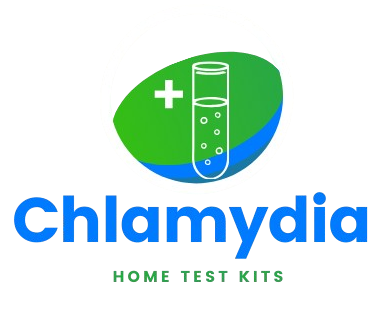Introduction:
Sexually Transmitted Diseases (STDs) are a global health concern affecting millions. Understanding the symptoms, risks, and prevention methods is essential to maintaining sexual health. In this guide, we’ll explore some of the most common STDs, including their symptoms, long-term effects, and preventive measures.
1. Chlamydia: The Silent Threat
Overview:
Chlamydia is a bacterial infection affecting areas such as the cervix, urethra, throat, or rectum. It often mirrors gonorrhea in its transmission methods and symptoms.

Symptoms and Risks:
- Many women may not experience symptoms, but untreated chlamydia can cause infertility, tubal pregnancies, and severe pelvic infections.
- In men, it can lead to inflammation of the urethra and rectum.
- Newborns may acquire chlamydia during childbirth, causing eye infections or pneumonia.
Prevention:
Routine screening and the use of antibiotics can effectively prevent complications. Antibiotic eye drops are also commonly given to newborns as a preventive measure.

2. Herpes Simplex Virus Type 1 (HSV-1): The Common Cold Sore
Overview:
HSV-1 primarily causes cold sores around the mouth. It is also known as human herpesvirus 1 (HHV-1).

Symptoms and Risks:
- Cold sores or fever blisters around the mouth.
- Rarely, in immunocompromised individuals, it may lead to encephalitis, a severe brain infection.
Prevention:
Avoiding contact with infected individuals, especially during outbreaks, is key. Antiviral medications can help manage symptoms.

3. Herpes Simplex Virus Type 2 (HSV-2): Genital Herpes
Overview:
HSV-2 is responsible for genital herpes, characterized by sores in the genital region. Also known as human herpesvirus 2 (HHV-2), this is a common STD with long-term implications if left untreated.
Symptoms and Risks:
- Sores in the genital area, pain during urination, and flu-like symptoms.
- In severe cases, it can cause brain infections in immunocompromised individuals.
Prevention:
Safe sexual practices and antiviral treatments are essential in managing and reducing transmission.

4. Hepatitis B: Understanding Its Transmission and Effects
Overview:
Hepatitis B (HBV) causes inflammation of the liver and can be transmitted through various means including needle sharing, unsterilized piercing/tattoo equipment, or sexual contact.
Symptoms and Risks:
- Symptoms include fatigue, jaundice, nausea, vomiting, and dark urine.
- Long-term exposure can lead to chronic liver conditions and liver cancer.
Prevention:
Vaccination is effective in preventing HBV. Healthcare workers and individuals in high-risk groups are advised to get vaccinated and receive hepatitis B immunoglobulin when exposed.

5. HIV/AIDS: The Global Challenge
Overview:
HIV, or Human Immunodeficiency Virus, leads to AIDS (Acquired Immunodeficiency Syndrome) if untreated. HIV targets the immune system, making the body more vulnerable to infections and diseases.
Symptoms and Risks:
- Early signs include flu-like symptoms, but as the disease progresses, severe infections and cancers may develop.
- HIV is chronic, and while there is no cure, antiretroviral therapy (ART) significantly prolongs life and improves quality of life.
Prevention:
Practicing safe sex, avoiding shared needles, and getting regular screenings are critical. ART also helps reduce transmission rates.

Conclusion
Maintaining awareness and taking preventive measures can significantly reduce the risk of contracting these common STDs. Regular check-ups, safe practices, and prompt treatment are the best defense. Stay informed, and take proactive steps to protect your sexual health.




